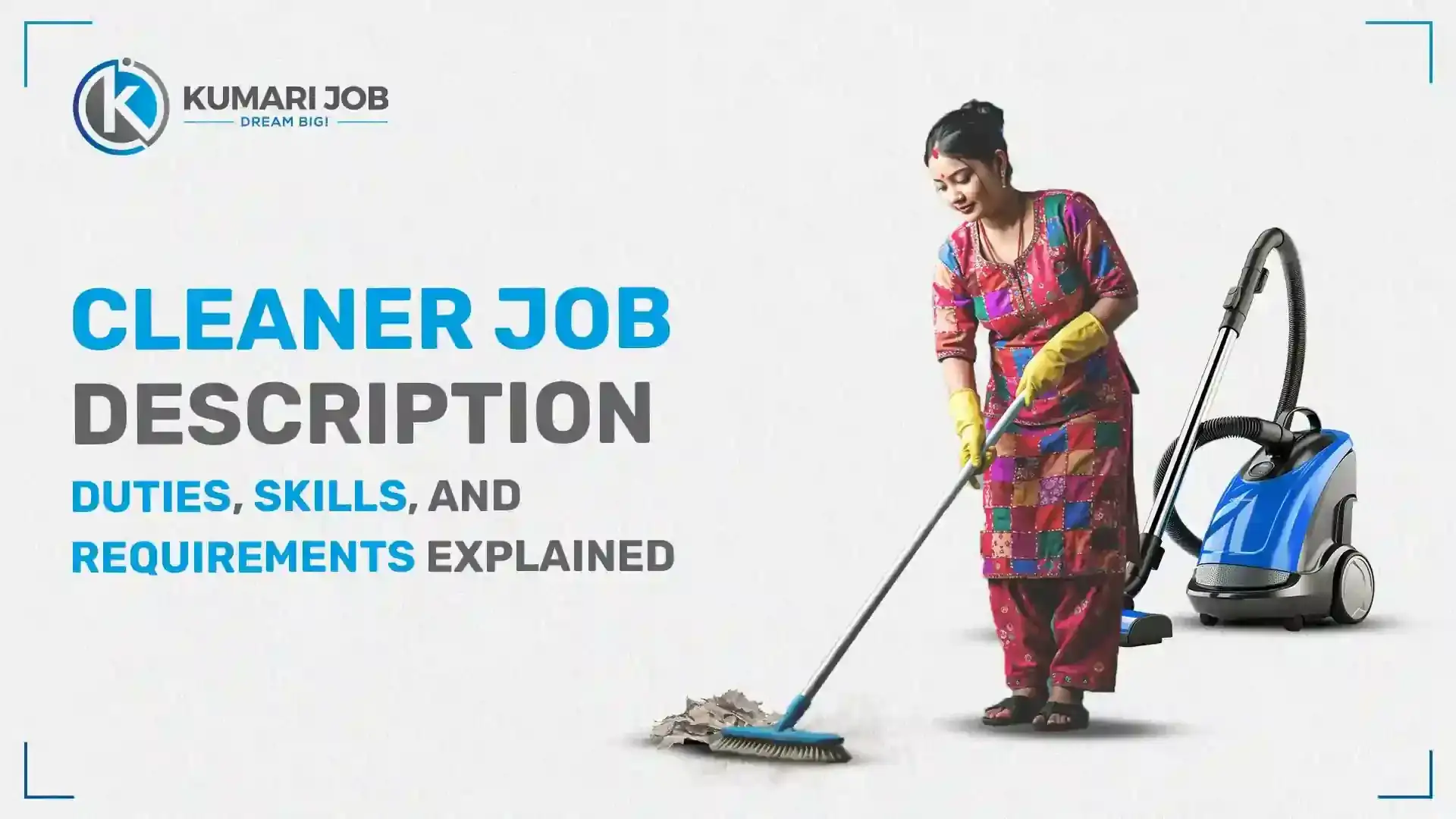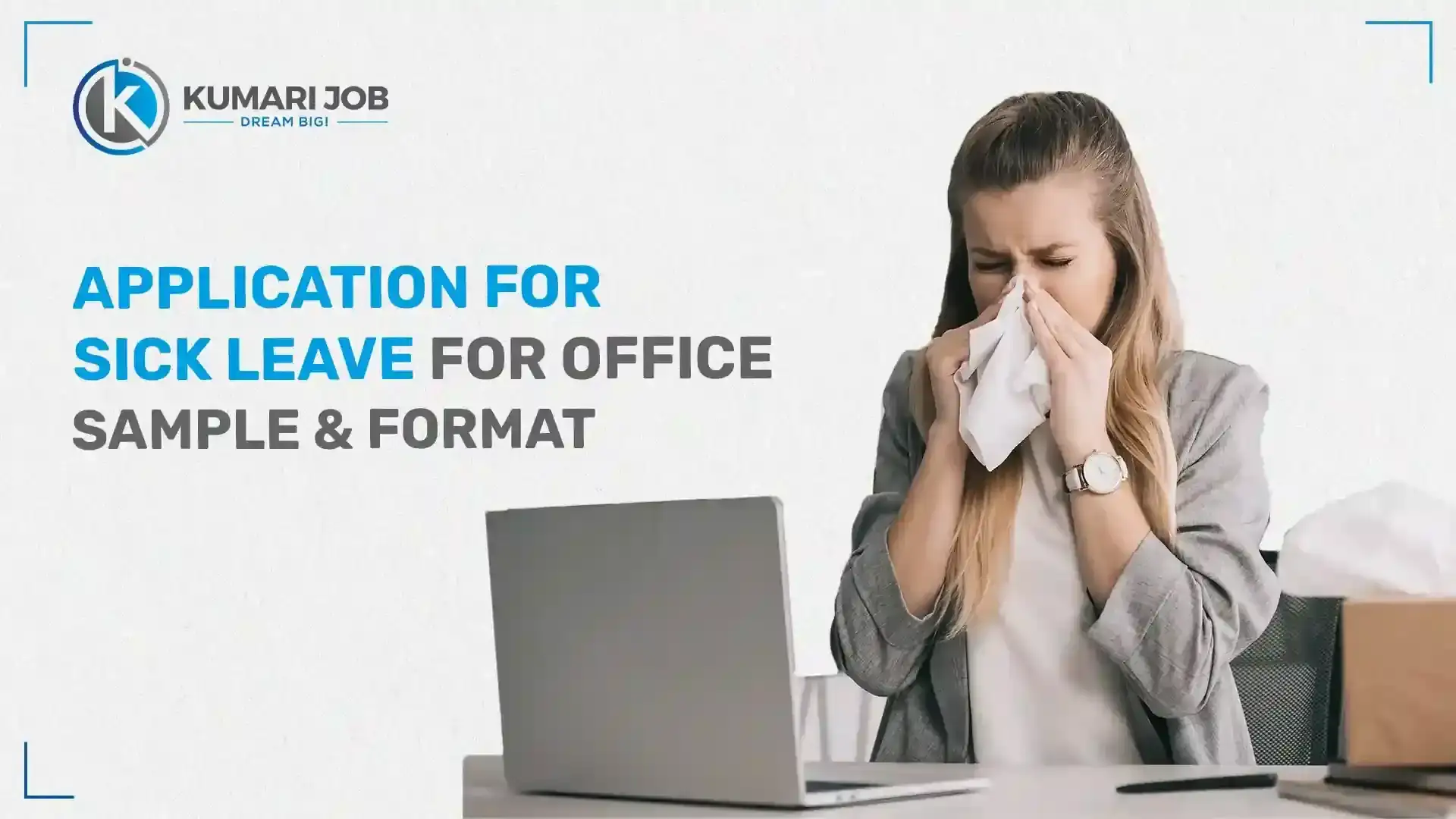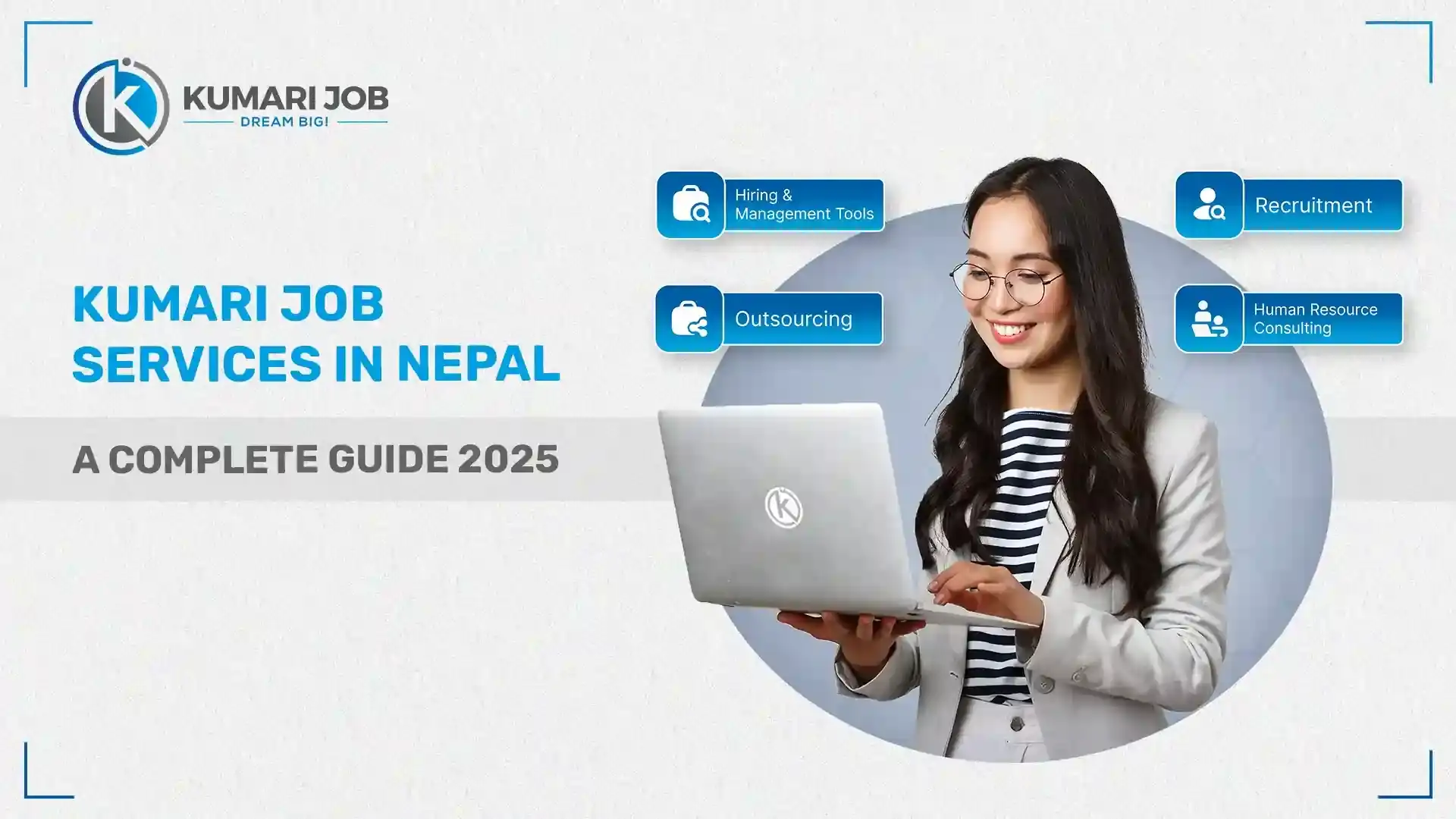
To be a smart job seeker you must know your resume (CV). It plays a key part of getting a new job. That's why you take time to learn how to write a resume so you have the best one possible.
This may be your first time writing a resume; or maybe you're updating an old one for the hard time. Either way, you'll want to use this guide to be sure you're doing all you can to have the best resume possible.
In this blog
Steps to write CV or Resume
To be a smart job seeker you must know your resume (CV). It plays a key part of getting a new job. That's why you take time to learn how to write a resume so you have the best one possible.
This may be your first time writing a resume; or maybe you're updating an old one for the hard time. Either way, you'll want to use this guide to be sure you're doing all you can to have the best resume possible.
Following are the ten steps to write an effective resume or CV
Step 1: Choose From 3 Formats
You can follow specifically following three choices to write a CV or Resume: Reverse-Chronological, Functional, and Combination. Each format has its own advantages and disadvantages. Below, are listed some which you will find best for you.
I. Reverse-Chronological
This is the more traditional format and is what you are most likely to come across. Chronological format is flexible and can be used for applicants with any level of experience.
II. Functional
It is more suitable for those with an expert level of experience. Where chronological places emphasis on career progression, it heavily emphasizes on the applicant’s abilities and skills Qualifications.
III. Combination
As you can probably guess the combination format uses both chronological and functional formats. Like the functional format, it focuses on specific qualifications, yet the body of the document contains professional experience similar to chronological format. This format is generally reserved for those with a great deal of experience in a particular industry.
Step 2: The Order of Information
Before delving into what information you should add, it’s important to remember that the information you include will largely depend on the format you choose. With that being said, below is a general guide to what information you should add and the order in which you should add it.
I. Contact Information
The contact information section is pretty self-explanatory. This section does not require a label (Contact Information or Contact Details). When listing your contact details you should follow this order:
- Name (largest font on page, middle initial is optional)
- Mailing Address
- Telephone Number (Check that you have an appropriate voicemail message)
- Email Address (makes sure it’s appropriate, don’t use your sexypanda45@gmail.com account.)
- Link to online portfolio (optional, ensure it is relevant to the position)
- LinkedIn Profile
Also, be careful not to accidentally add the contact information in the header as applicant tracking systems may not be able to read it.
II. Choose a Resume Introduction
Like formats, job seekers have 3 choices for their resume introduction: a qualifications summary, career objective, and professional profile. The goal of all three are to gain the attention of an employer by highlighting your skills and experience that will help their company. However, the method through which each introduction achieves this goal differs. See below:
Qualifications Summary
With regards to format, the qualifications summary is a bullet point list (ranging from 4 to 6 points) of your most outstanding career achievements. Avoid using generic statements and try to list your skills in a way reflects your unique voice.
Career Objective
A resume objective, also referred to as a career objective, is a 2-3 sentence statement that provides an overview of your skills and experience. This resume introduction is best for entry-level candidates.
Professional Profile
The professional profile is a combination of both the career objective and qualifications summary. It is also the most flexible of the three styles as it can be formatted as short paragraph of bullet-point list.
Finally, when deciding what skills to add to either of the two, try to target skills specific to the job you are applying for. Don’t just simply copy and paste skills right out of the job description, but instead try to use words common in the industry.
III. Professional Experience
The section is the core of your resume, where you are tasked with proving the skills you have listed in the qualifications summary or career objective. When it comes to labeling this section some use “Relevant Experience,” or “Work Experience” as an alternative to “Professional Experience.”
Remember to list your work experiences in reverse chronological order and only list experience that is relevant to the job you are applying for. For each company create a heading including the company’s name, city & state, your title, and the dates of employment (month and year). If you are still currently working at a company, you can simply write “month, year-Present” for the employment dates.
A general rule is that each experience have around 3-5 bullet points of your main duties and achievements.
IV. Education
Having a solid education section helps to display the foundation of your knowledge and expertise. Depending on your professional experience, you may want to consider switching the order of the professional experience and education sections.
For instance, college or high school students that lack seasoned professional experience benefit from emphasizing their education by placing it before the professional experience section. In addition, if you possess a wealth of professional experience then it is appropriate to keep this section short and sweet.
Here are the main points to include in your education section:
- The names of your university, community college, or technical school(Don’t include high school unless you did not attend college)
- Location of the schools (city, state)
- Date of graduation (month, year)
- Degree(s)
- GPA (only include if your GPA is above 3.0, round up to the first decimal place , and use this format: GPA: 3.5/4.0)
V. Additional Sections
By now you’ve already added the nuts and bolts to your resume. Below are a few sections you may want to consider adding to help strengthen it.
Certifications/Licenses
The certifications section is the most important of the other sections you can include, but adding a certifications or licenses section is largely dependent on your industry. For example, the nursing field has strict licensing requirements while the customer service sector does not.
If your industry requires certifications the hiring manager will be intent on finding them in your application. Make sure to thoroughly research your industry to find any relevant certifications or licenses you may have missed.
Publications
Adding publications sections is pertinent for graduate students who have published articles that are relevant to the job they are applying to. List your articles in reverse chronological order by publishing date. Choose the referencing style that is appropriate to your discipline. It also acceptable to add works that has yet to be published. You may label these as “Works in Progress” or “Submitted for Publication.” Here is an example of how a publications section should be formatted.
Awards/Honors/Activities
This section adds another layer of customization to your resume by providing evidence of your abilities. Adding relevant awards and activities helps you stand out from your competition. If this section becomes too lengthy, feel free to break them up into smaller sections. Here are some items to consider adding:
- Grants
- Academic Honors
- Scholarships
- Volunteer positions
- Professional Affiliations
.
Technical Skills
Some careers, such as those in the IT or Engineering fields, require specialized knowledge and hands-on skills. Within the IT industry, a software manager’s responsibilities will differ from company to company. A technical skills section is helpful in showcasing your knowledge of specific systems.
To prevent this section from taking up too much space, try breaking up this section into categories and list your skills within each. For example:
- Software: Proficient in Microsoft Office Suite, Visio, and Oracle
- Programming Languages: Excel at HTML, C++, and Python
Additional Skills
Including an additional skills section may be worth considering. An additional skills section is a short and concise list of skills relevant to your industry. This section is similar a technical skills, but is often used for industries that do not specifically require advanced skills. Check out the yellow-highlighted additional skills section in the image to your right.
What to include:
- Fluency in a second language
- Knowledge of computer applications (i.e. Photoshop, Illustrator)
- Ability to operate heavy machinery
What not to include:
- Generic statements (Customer Service Skills)
- Run of the mill skills
- Unrelated skills
Even if you have already added skills to your career objective or qualifications summary, it never hurts to add more abilities. For instance, someone like an IT manager who works with a wide array of programs and techniques will in turn have a wide range of skills to fill both a qualifications summary and additional skills section.
Step 3: How to Style your Resume
Whew! So the hard part is over. You have all your content typed up and you are feeling confident about getting that interview. Now for the finishing touches. It’s time to give it some personality.
I. # of Pages
This is the most argued point of resume writing. Some professionals vigorously discourage applicants from going over one page, while others argue that in some instances it is acceptable. The bottom line is this: if you have information that is highly relevant to the position you are applying for then go ahead and add an extra page. However, if you are just adding fluff for the sake of adding pages, then your resume will suffer.
II. Font and Sizing Dos and Don’ts
Font style and size is largely dependent on your preference. You can never be sure what the hiring manager prefers so you have to go with gut. However there are some Dos and Don’ts when it comes to choosing your font and sizes.
Dos
- Choose easy-to-read fonts
- Use the same font throughout
- Change sizes in descending order for your name, headers, and bullet points
- Choose a font that fits with the text sizes you’ve chosen
Don’ts
- Don’t choose small sizes to fit everything on one page
- Don’t pick wacky fonts (for heaven’s sake not Wing Dings!)
- Don’t have one uniform text size throughout
- Don’t go below 9pt
- Don’t spend too much time on choosing a font
For sizing, many resumes follow a 24, 12, 10 format. This means that the name is 24pt, the body headers are 12pt, and the bullet points are 10pt.
IV. Margins
Margins are the first thing a potential employer will notice about your resume, so it’s important that they are appropriately set. One inch margins are the safe bet for applicants that lack experience. If you have a wealth of experience that you are trying to fit to one page then it is acceptable to reduce to the margins. Be cautious when reducing the margins. If they are too small, your pages will look overcrowded. To be safe it is recommended not to go below .5.”







Loading Comments...